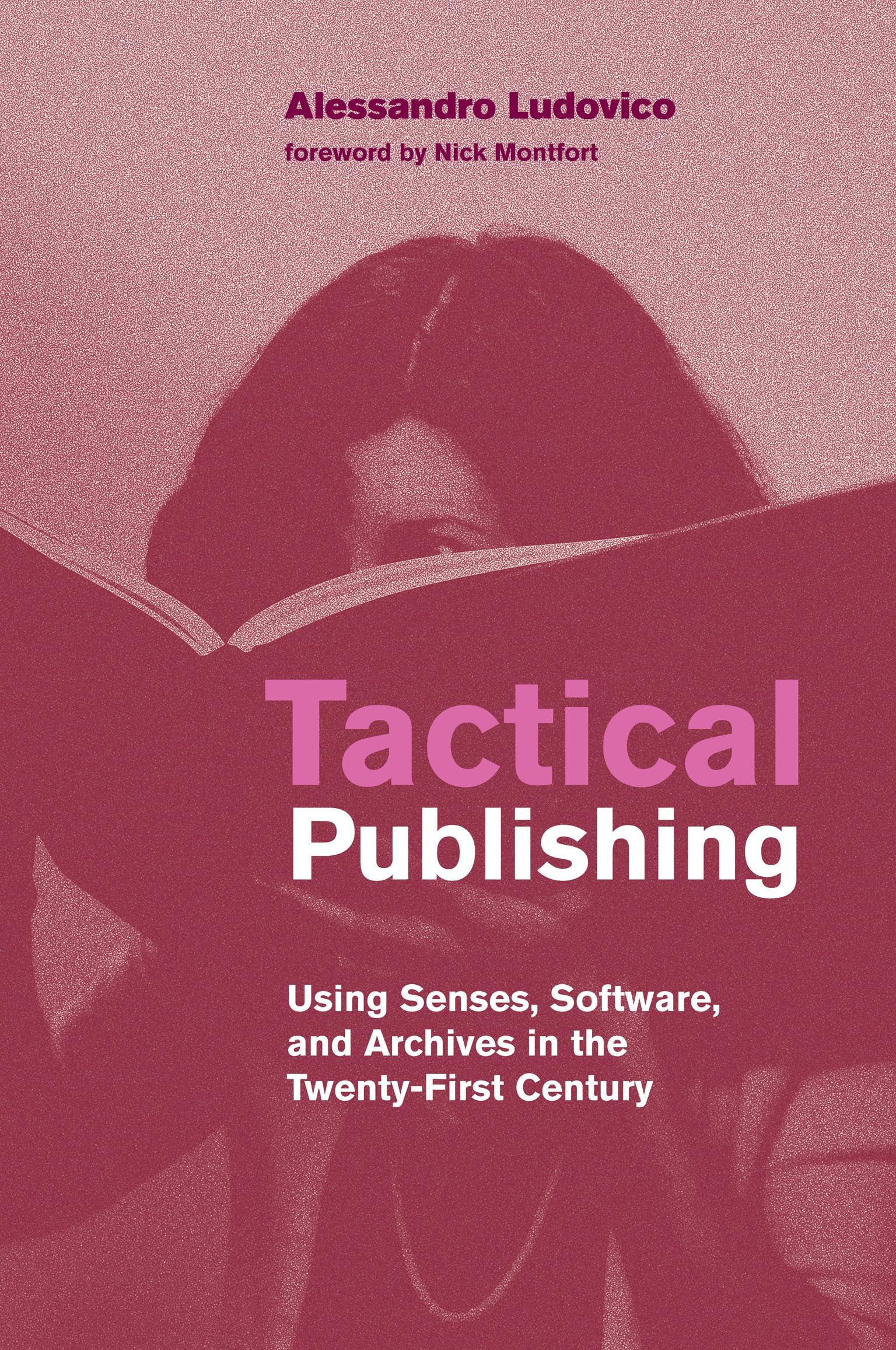Tactical Publishing: Using Senses, Software, and Archives in the Twenty-First Century


encountering issues with the button? click the link below for the full book page: https://good.readbooks.link/isuu/B0BMKX2G32-Tactical-Publishing-UsingSenses--Software--and-Archives-in-the-Twenty-First-Century.html
Read Ebook Tactical Publishing: Using Senses, Software, and Archives in the Twenty-First Century
PDF Tactical Publishing: Using Senses, Software, and Archives in the Twenty-First Century GET Book Tactical Publishing: Using Senses, Software, and Archives in the Twenty-First Century
to find more books, be sure to visit my account and explore the deverse selection available.
How to level up to the next transformative phase of publishing—wih a critical methodology that transcends the dichotomy of paper and digital media production.Publishing is experiencing one of the most transformative phases in its history. In Tactical Publishing, a sequel to Post-Digital Print, Alesandro Ludovico expores the forces driving this historical phase, highlighting the tremendous opportunities it presents. Ourtask, he believes, is to devlop an alternative publishing system that transcends the dichotomy between paper and digital media. He focuses first on the two activities on which publishing is premised—reding and writing (with an emphasis onwriting machines and post-truth in the latter)—an then deconstructs the concept, proposing alternative strategies inspired by recent practices and unconventional uses of technology. Ludvico shows how the radical and strategic use of print in the past can serve as the basis for our transition to the next phase of publishing. He argues that the new ecology of publishing should be based onthree main elements: thestimulation of our senses, the role of software in forming the publishing infrastructure, and the importance of archives. During this transition fro the current post-digital phase to the next phase, independent publishers and artists, as well as readers and machines, will enable new structures and actions that realize the potential of publishing and the preservation of content, thereby enriching social practices. The author also considers the crucial social role played by new forms of libraries, as artists and publishers shape the coming publishing world in its various manifestations. Combining analytical accounts of tactical strategies with examples from artworks and experimental practices, the book concludes with a manifesto for publishing in the twenty-first century and an appendix with a selection of one hundred publications representing the “peiodic table”of future publishing.
